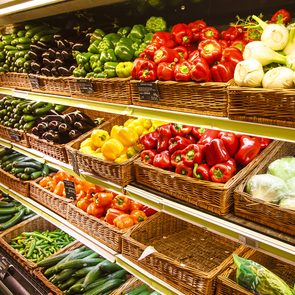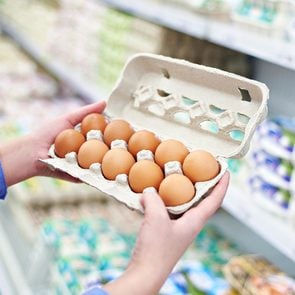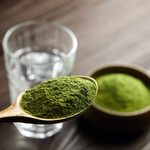What the Numbers on Fruit Stickers Tell You About Your Produce
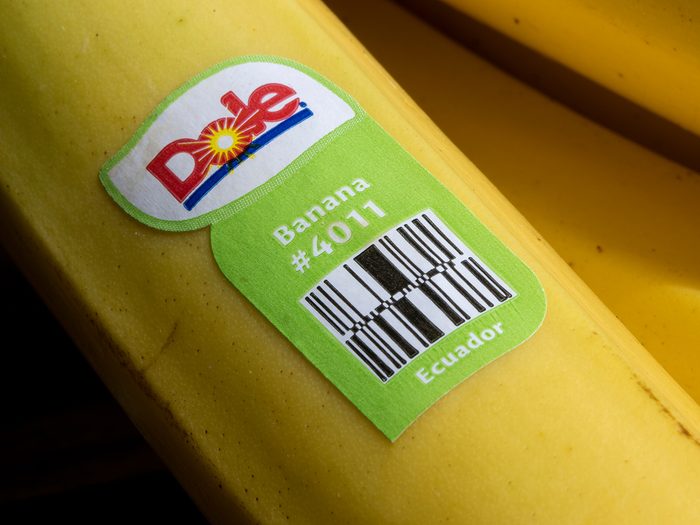
If the code starts with this number, it's organic.
You’ve no doubt removed countless stickers from fruits and vegetables over the decades, but have you ever stopped to wonder what the numbers mean? Perhaps you assumed the numbers were simply a code for cashiers to plug into the computer when they ring up your purchase (and of course that’s part of it), but the numbers have a meaning for the consumer, too. They’re your guide to determining whether produce is organic or not!
What is a PLU code?
Otherwise known as “price look up,” a PLU code serves three main functions.
“It helps grocery stores quickly identify different types of fruits and vegetables at checkout so that they can capture the right price for each item, and efficiently ring up the customer’s produce,” says Brianna Shales, who serves on the Produce Identification Committee for the International Fresh Produce Association and as marketing director at Stemilt, one of the leading produce growers and packers in the U.S.
But they are also helpful for distinguishing between organic or non-organic produce, and also for unique varieties of the same type of fruit (for example, there is a different PLU code for each type of apple).
The stickers help everyone identify the product without having to package the item—which is important from an environmental standpoint. To speed through the self-checkout, it helps to memorize a handful of PLU codes, like 4011 for bananas.
Sign up for our Daily Digest newsletter for more shopping tips, health advice and home hacks, all week long!
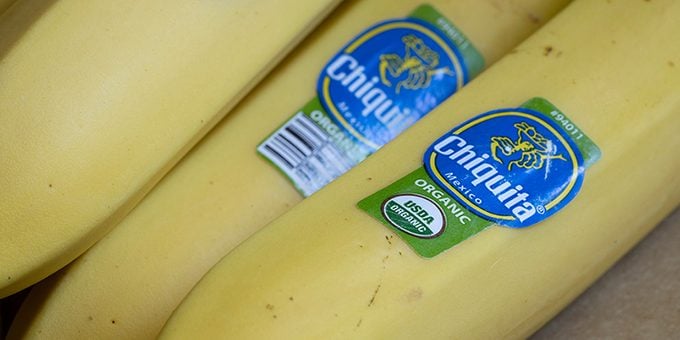
If you see a ‘9’ in the PLU code, this is what it means
Every PLU code has at least four digits. “The actual number is used globally for that particular variety of fruit or vegetable, or for the size range within that variety,” says Shales. “A four-digit PLU represents conventionally grown (non-organic certified) fruit.”
On the other hand, organic produce has a five-digit code, with a leading “9” in front of the 4-digit PLU.
Interestingly, a five-digit code with the prefix “8” was once intended for genetically modified produce items. “However, these were never used at retail, because there are very few GMO produce items,” says Shales. “The leading 8 now has no significance to growing type. It will likely be used once the 4-digit codes run out.” There are over 1,400 PLU codes assigned to fresh produce and related items, according to the International Federation for Produce Standards.
The last thing fruit stickers can tell you is the supplier or brand that the produce comes from. “For instance, we put the Stemilt logo on our apple stickers so that consumers can look for our brand,” says Shales. “We also have branded fruit varieties, like Rave apples, that have fun-shaped stickers to help consumers easily identify the fruit year after year.”
Next, find out why English cucumbers are wrapped in plastic, but regular cukes aren’t.

